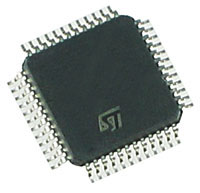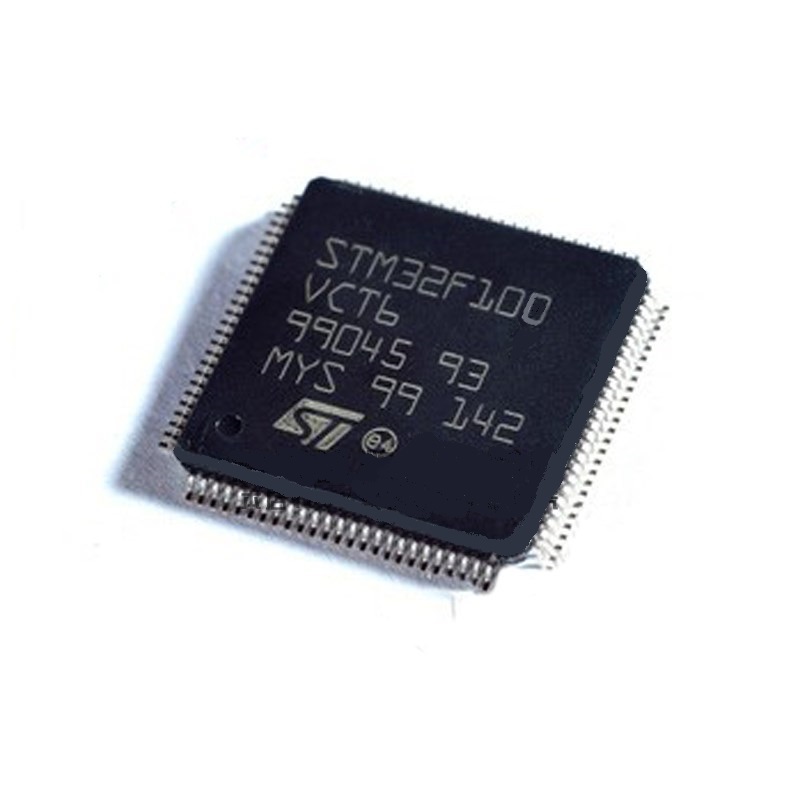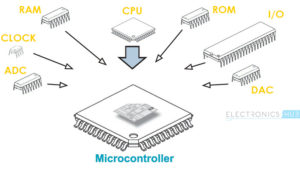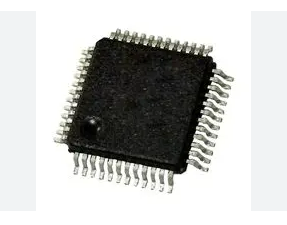Decode STM32F100VD Microcontroller Flash Program
Decoding STM32F100VD microcontroller flash program involves unlocking the secured and encrypted firmware embedded within its flash memory and EEPROM memory. This protective STM32F100VD microcontroller (MCU) is designed with advanced protective features to safeguard its binary, heximal, and program data from unauthorized access. However, through reverse engineering techniques, it is possible to crack and decode the locked firmware for legitimate purposes such as system restoration or cloning.

The process starts by analyzing the MCU’s architecture to bypass its encryption and access the embedded source code. By decoding this secured data, engineers can restore the original functionality of the microcomputer or replicate the program for use in other systems. Cloning the decoded firmware is particularly useful for maintaining legacy systems or reproducing software for discontinued hardware.

Decoding an STM32F100VD flash program must always adhere to legal and ethical standards, ensuring intellectual property rights are respected while enabling critical recovery and restoration efforts.
Up to two SPIs are able to communicate up to 18 Mbits/s in slave and master modes in full-duplex and simplex communication modes by Break AVR MCU Atmel ATmega32. The 3-bit prescaler gives 8 master mode frequencies and the frame is configurable to 8 bits or 16 bits. The hardware CRC generation/verification supports basic SD Card/MMC modes.
Both SPIs can be served by the DMA controller.

The CAN is compliant with specifications 2.0A and B (active) with a bit rate up to 1 Mbit/s. It can receive and transmit standard frames with 11-bit identifiers as well as extended frames with 29-bit identifiers. It has three transmit mailboxes, two receive FIFOs with 3 stages and 14 scalable filter banks when Recover Locked STM32F102RB MCU Program.

The STM32F103xx performance line embeds a USB device peripheral compatible with the USB full-speed 12 Mbs. The USB interface implements a full-speed (12 Mbit/s) function interface even after Extract CPLD IC XILINX XC95144-10TQ100C. It has software-configurable endpoint setting and suspend/resume support. The dedicated 48 MHz clock is generated from the internal main PLL (the clock source must use a HSE crystal oscillator).
Each of the GPIO pins can be configured by software as output (push-pull or open-drain), as input (with or without pull-up or pull-down) or as peripheral alternate function. Most of the GPIO pins are shared with digital or analog alternate functions. All GPIOs are high current-capable in order to STMicroelectronics ST62T28 Memory Program Unlocking.

The I/Os alternate function configuration can be locked if needed following a specific sequence in order to avoid spurious writing to the I/Os registers in the process of MCU Recovering. I/Os on APB2 with up to 18 MHz toggling speed.

